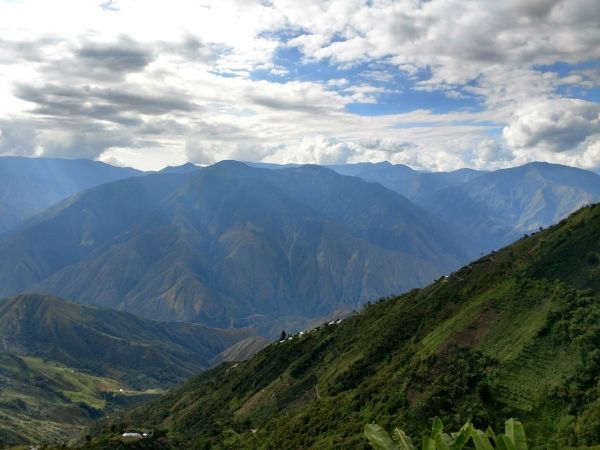With steep walls and deep valleys, the Grand Canyon in the western United States or the massive gorges that saw through the margins of the Tibetan Plateau are some of the most awesome and spectacular landforms on the planet. But have you ever wondered how they are formed?
Some studies have proposed that canyons form when a mountain range grows in height and a river running through it cuts into the rock formation like a knife, ultimately forming gorges. Other studies have associated canyon incision with past changes in climate. For example, in the Miocene (about 15 million years ago), an increase in precipitation rates is believed to be the cause behind rapid incision of the Mekong River in China.
But what about canyons in hot and humid tropical latitudes? Researchers from the College of Arts and Sciences’ (A&S’) Department of Earth and Environmental Sciences (EES) recently embarked on a research expedition to the Tropical Andes of Colombia to study the massive Cauca River canyon. The team’s objective was to determine the age of formation of the Cauca River canyon and then compare that with known tectonic and climatic processes that happened in the region during the past 10 million years to figure out what caused its incision. The team concluded that erosion in the Cauca River canyon was driven by tectonic processes. Their study, which expands the understanding of erosion hotspots in tropical landscapes and why they occur in certain areas, will be an important source of information for decision makers who must take erosion and landslides into account during infrastructure planning. Their results were presented in two papers that appeared in Global and Planetary Change and Geological Society of America Bulletin.
Read more at Syracuse University
Image: The spectacular Cauca River Canyon in the Northern Andes of Colombia. The Cauca River has incised up to 2-3 km into the bedrock of the mountains during the past 6-7 Ma. Canyon walls are steep, and landslides are common. (Credit: Syracuse University)


